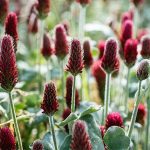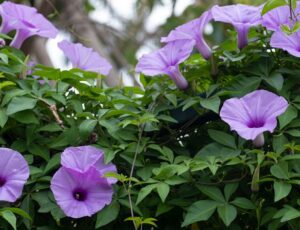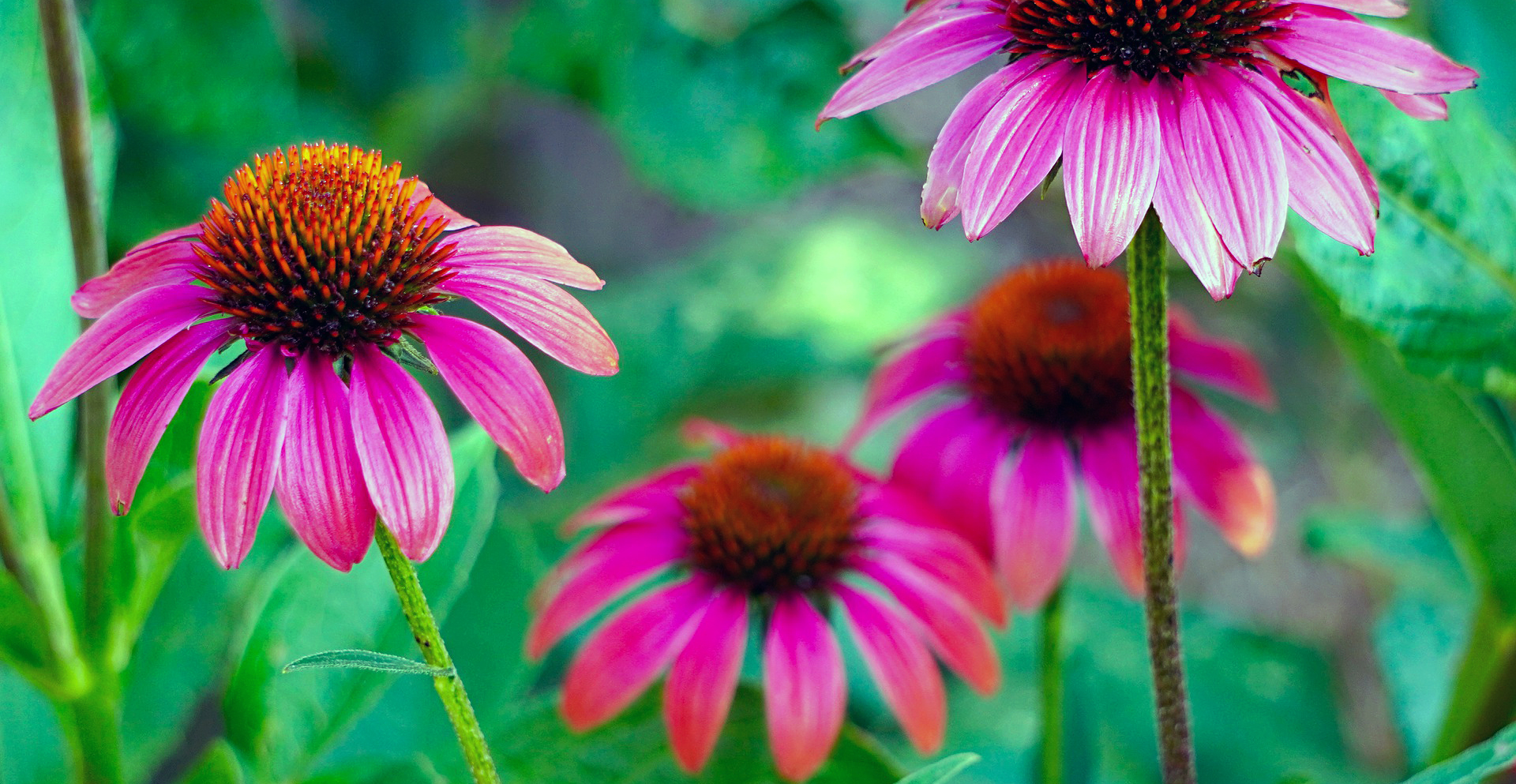
Grow & Care for Coneflowers: A How To Guide
The coneflower, called ‘Echinacea,’ is a perennial bloomer producing wonderful cut flowers. Coneflower is easy to grow and is considered a pollinator plant. Here we’ll cover how to care for coneflowers.
Coneflower Basics
Coneflower plants like lots of sun with adequate space to grow. Most varieties grow 2 to 4 feet in height and 1 to 2 feet in width. It thrives in moist, well-drained soil.
If the roots become saturated, the plant will wilt. Care for coneflower is easy since they tolerate most diseases and pests.
Coneflower typically grows in USDA plant hardiness zones 3 through 9. However, zones may vary according to plant species. The common name “coneflower” is derived from the prominent cone-shaped flower center.
The most popular variety is the purple coneflower native to Iowa, Ohio, Georgia, and Louisiana. They typically bloom from early to late summer.
Deadheading faded blooms encourage an abundant flower show and extend the summer blooming season. Furthermore, divide and replant clumps of coneflowers in early spring or late fall, after the flowers have faded.
To care for coneflowers and keep the plants healthy, divide and replant them approximately every three years.
Coneflower easily self-sows in fall. In fall and winter, the seeds serve as a nutritious food source for wildlife. Refrain from deadheading flowers in late summer as cardinals, goldfinches, and blue jays enjoy picking seeds from the center of dried flowers. 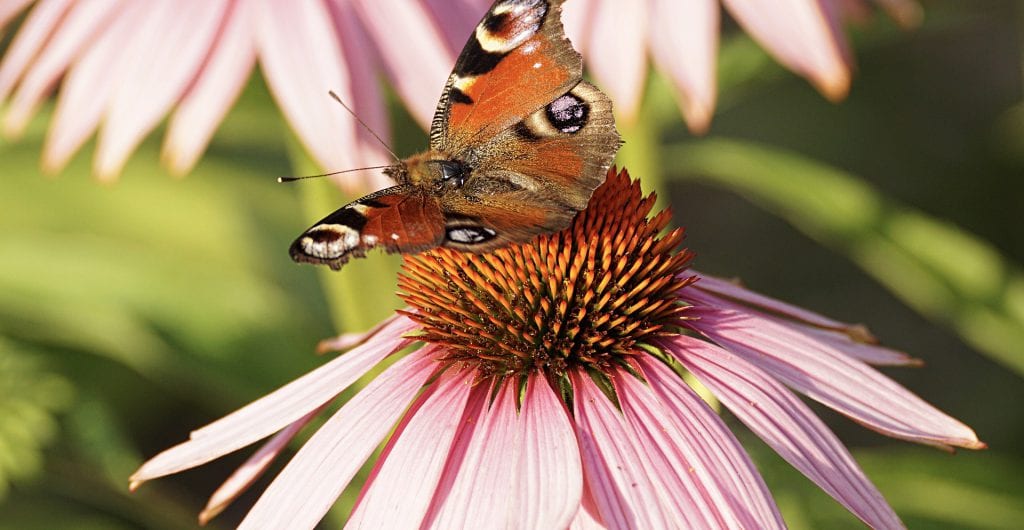
Here’s a list of the most common coneflower species:
- Purple coneflower
- Sanguine purple coneflower
- Narrow-leaved purple coneflower
- Wavyleaf purple coneflower
- Tennessee coneflower
- Narrow-leaf coneflower
- Topeka purple coneflower
- Smooth coneflower
- Pale purple coneflower
- Yellow coneflower
When should I plant coneflower?
Seeds can be planted in spring or fall. However, avoid planting seeds midsummer because the heat will interfere with root growth.
What flower colors are available?
The most common hue is pinkish-purple. However, they are also available in white, red, salmon deep pink, and more hues.
How much sunlight do coneflowers require?
They need at least five hours of full sun per day to thrive. It will tolerate part shade but may grow leggy reaching for the light. In the South, a little afternoon shade will prevent sunburned foliage.
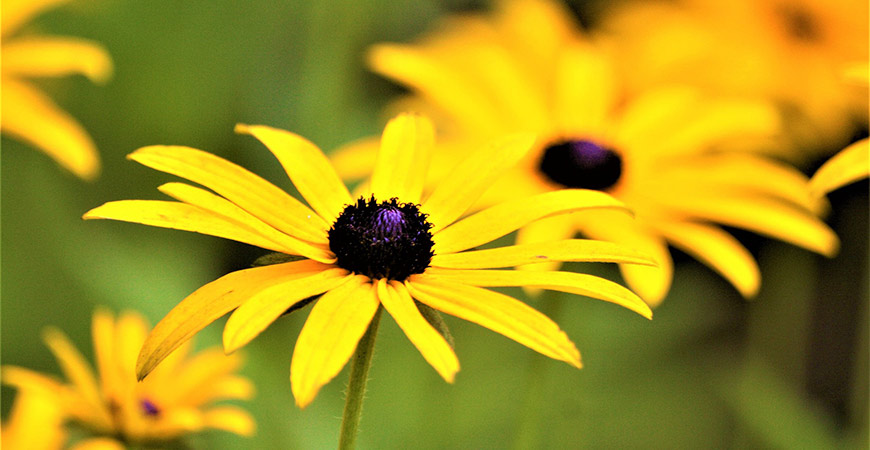
What are the benefits of adding coneflowers to my garden?
The coneflower is considered a pollinator plant because the flowers attract birds, butterflies, and bees. Therefore, by attracting pollinators, your garden will bloom all summer.
Coneflower Companions
Plant several hues of coneflower for a colorful display that butterflies, bees, and beneficial insects will enjoy. Otherwise, planting butterfly bush, aster, and oriental poppy makes for excellent companion plants.
Aster
Aster is a pollinator-friendly perennial that blooms in late summer when most other flowers have faded away. In autumn, asters are a particular favorite of birds and butterflies.
Moreover, they are available in many hues, including white, red, pink, orange, and purple. Asters grow best in full sun or part shade.
Asters grow in small mounds or a small shrub shape. In addition, densely packed blooms are displayed when the weather cools– from August to October. Also, aster is a popular cut flower for autumn bouquets.
Aster Flower Symbolism
Overall, aster plants represent love, wisdom, and faith. However, an interesting note is that different bloom colors have different meanings:
- Purple asters (the most popular color) – wisdom and royalty
- White asters – purity and innocence.
- Red asters – undying devotion
- Pink asters – love and sensitivity
Butterfly Bush
Butterfly bush is sometimes referred to as buddleia or summer lilac. The butterfly bush is a deciduous, quick-growing shrub that bears clusters of blooms from summer until fall.
The flowers come in many hues, including white, lavender, magenta, and dark purple. However, showy multi-colored varieties are available as well.
Moreover, a butterfly bush matures into a rounded shrub form with arching branches and long clusters of small, star-shaped flowers, which are irresistible to butterflies and hummingbirds.
Growing tips:
- Plant a butterfly bush in a spot that receives full sun, a minimum of 6 hours per day.
- If you are planting in a shrub border, space the plants approximately 8 to 10 feet apart. This will provide adequate air circulation between mature plants.
- Grow butterfly bushes in well-draining, compost-enriched soil.
- It grows to a height of 6 ft. to 9 ft. at maturity and is hardy to Zone 5.
- Mauve-colored butterfly bushes seem to attract the most butterflies.
Prune your butterfly bush in spring, after new growth appears, or when you see green buds on the stems. It may be tempting to prune back in autumn, but keep in mind chilly temperatures may leave the plant vulnerable to winter damage.
Oriental Poppy
Oriental poppies have graced flower gardens for centuries, and they continue to be a garden favorite. Once established, the oriental poppy requires little care and will thrive for years.
The original bright orange-red color continues in popularity, but the plant also comes in various hues that will complement almost any garden plan. Available flower colors include white, vermillion, orange, pink, salmon, white, and purple.
Growing Oriental Poppies
Plant nurseries rarely stock oriental poppy plants in pots because they are difficult to transplant. The simplest method is to direct-sow seeds on the soil. So, pick a site that receives a minimum of six hours of sun daily.
Poppies aren’t fussy about soil type as long as it drains well. Sow poppy seeds by scattering them on top of the soil.
But, don’t cover seeds, as they require direct light to germinate. Seedlings should emerge in approximately two weeks.
Did you know? North American indigenous tribes have used the coneflower (Echinacea purpurea) for medicinal purposes, often to relieve various cold symptoms.
Now that you know how to grow and care for coneflowers, it’s time to start planting!


